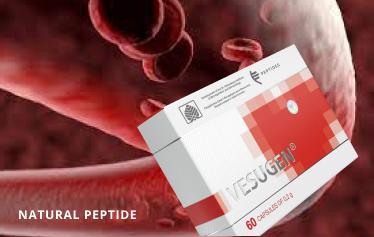Abstract
Diabetes is a worldwide health problem that is associated with severe complications. Advanced Glycation End products (AGEs) such as Nε-(carboxymethyl)lysine, which result from chronic hyperglycemia, accumulate in the skin of patients with diabetes. The effect of AGEs on fibroblast functionality and their impact on wound healing are still poorly understood.
The aim of the study was to investigate this in human skin cells- fibroblasts with 0.6 mM glyoxal to induce acute glycation. The behavior of fibroblasts was analyzed with the help of atomic force microscopy. As a result, proliferative and migratory capacities of the cells were greatly reduced by glycation effect, which could be explained by an increase in cells tensile strength. Measurement of the cellular energy balance did not indicate that there was a change in the rate of oxygen consumption of the fibroblasts. Assessment of collagen I revealed that glyoxal did not influence type I collagen secretion although it did disrupt collagen I maturation.
Conclusion: Glyoxal promotes a change in cells behavior in favor of lipogenic activity that could be involved in delaying wound healing. Glyoxal can potentially become a treatment against ulcers.
Source BMJ Journals












Leave a Reply
You must be logged in to post a comment.